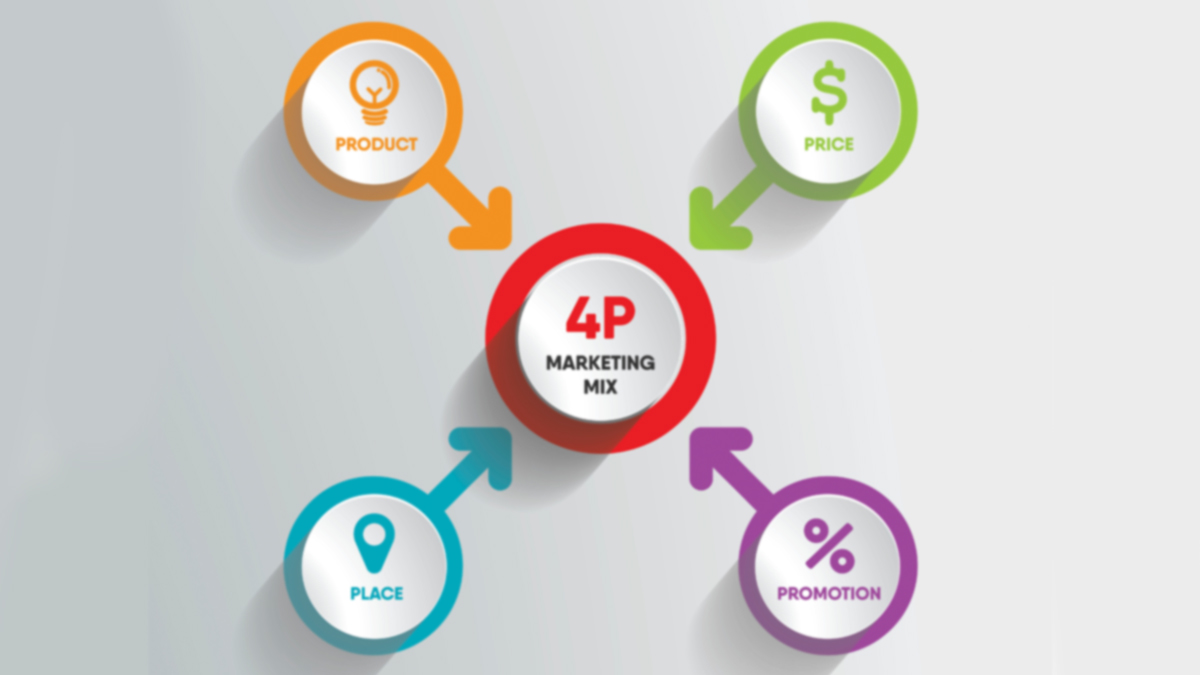
Target audience
Since the classic Greek tragedies, communicators have understood the importance of knowing the audience. And it’s still true today. How can you deliver a message without understanding the mindset of the people you’re speaking to? In today’s marketing environment, communication professionals still chase audiences to sell something to—either for themselves or on behalf of clients. But depending on the industry involved,

Cutting through the clutter
In the digital age, it seems everyone is glued to their phones or tablets, and sometimes even multiple devices. People have become addicted to social media, email and texts. For many, it’s the first thing they do before getting out of bed and the last thing before going to sleep.

Anatomy of a direct mail letter
It’s proven that direct mail works in today’s digital world. In fact, companies like Google, Apple and Verizon use direct mail. So, what goes into an effective direct mail package that these digital giants can rely on to deliver?

Advantages of prospect database
Whether selling B2B (business-to-business) or B2C (business-to-consumer), managing the business development and prospecting processes can be challenging. Countless sales support tools, such as Salesforce, Zoho, Insightly, HubSpot, freshsales and others, have been developed, however, while many organizations have created central data warehouses or marketing data marts to manage existing customer relations, the same isn’t true for prospect management.

Direct mail in the high-tech future
No one can predict the future. At best, you can paint a picture of the possibilities to inspire others to help you create it. This is also true for direct mail. The channel’s demise has been long foretold with as much accuracy as once predicting that the earth was flat. With the advent of text messaging, email and other forms

Drugs and direct-to-consumer advertising – the right prescription
In 1997 when the U.S. Food and Drug Administration (FDA) clarified ways pharmaceutical companies could meet what had previously been vague guidelines, the direct-to-consumer (DTC) advertising boom for prescription drugs and medical devices was started. Some people may regret that day, especially hearing commercials listing the potential side effects of a particular drug. But it dramatically changed the way pharmaceutical

Test, test, test – and get results
When in doubt, test. This is especially true with direct response products and services as your investment can be self-liquidating. Consumer research, whether primary, secondary or focus groups, is a sunk cost to be recovered by informing a smarter strategy and execution over time. Direct-to-consumer experimental design test costs are reduced by the in-market response. You not only get the

4 P’s of Marketing Mix
Marketing managers around the world have been utilizing the “marketing mix” for years. The term was coined in 1949 by Neil Borden, a professor of advertising. E. Jerome McCarthy provided the framework for the marketing mix in 1960 with the 4 P’s model—product, promotion, price and place (distribution). Since then, there have been many variations, including the 7 P’s model,

Your business offer is more than you think
Every business has a product or service offering that’s key to its marketing efforts. An offering is more than just a product or service, however. It should include elements that represent added value––such as availability, ease of use or delivery, technical support and quality customer service. Some examples might include a free guide, a sample, an e-book, a slideshow, case

Use the media mix that’s right for your customers
Imagine your morning drive to work and you pass a billboard advertising a new credit card from a local bank. During lunch, you hear a radio ad for that same new credit card. The next day, you find an envelope in your mailbox offering that same credit card.
Blog
Copyright © 2025. A De Novo Corporation company





